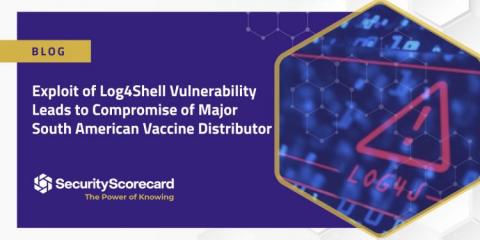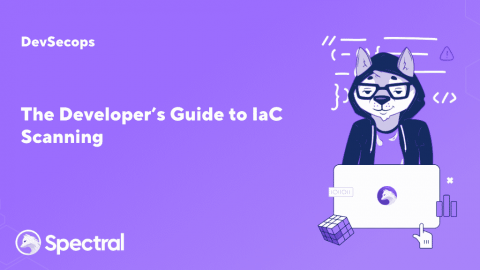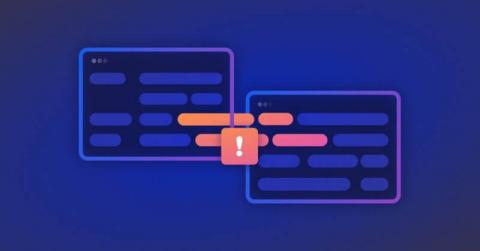An Inside Look at How to Keep Open Source Software Dependencies Up-to-Date and Secure
Today, open source software provides the foundation for the vast majority of applications across all industries, and software development has slowly moved toward software assembling. Because of this change in the way we deliver the software, new attack surfaces have evolved and software security is facing new challenges inherent with dependency on open source software.











